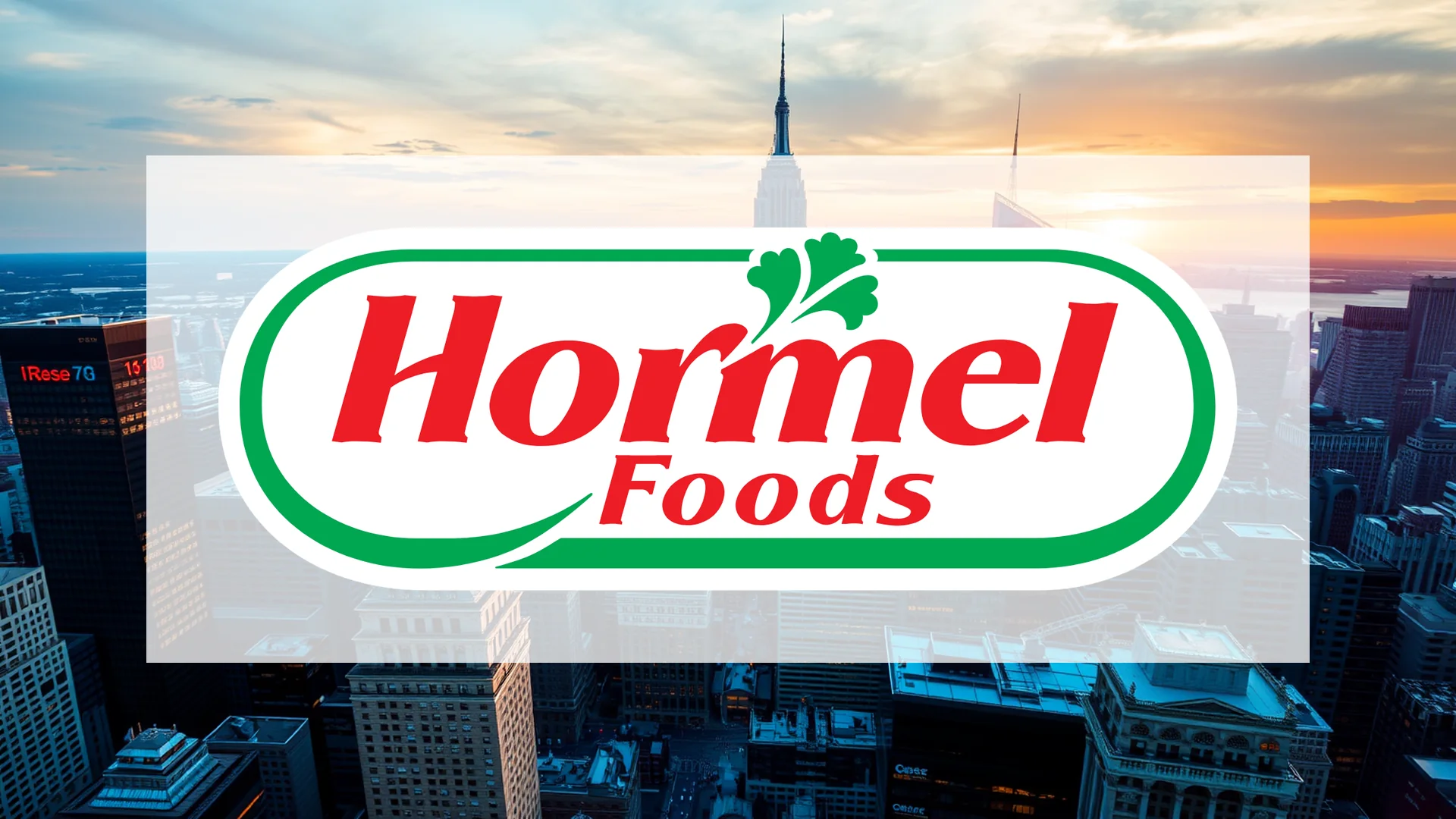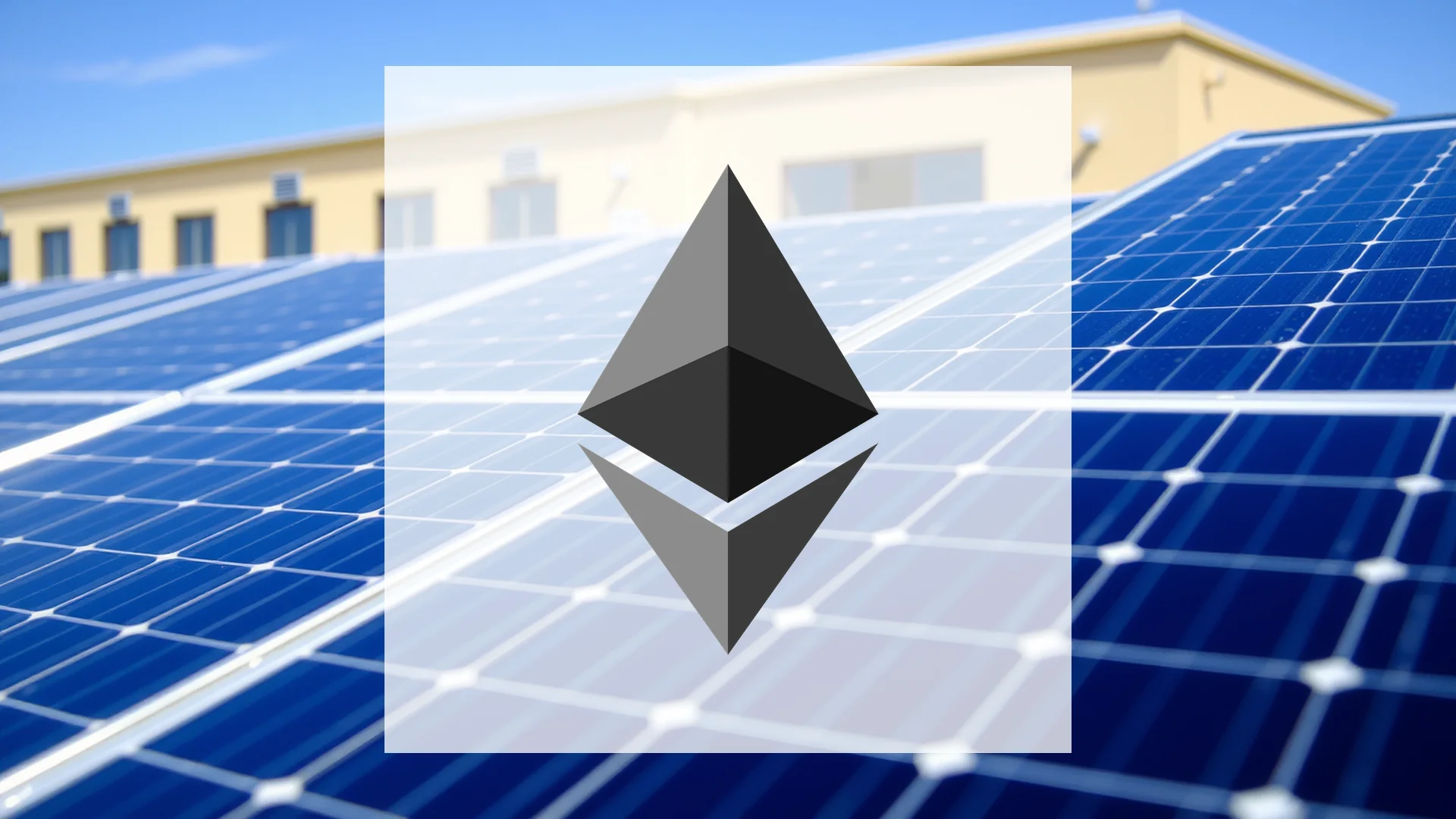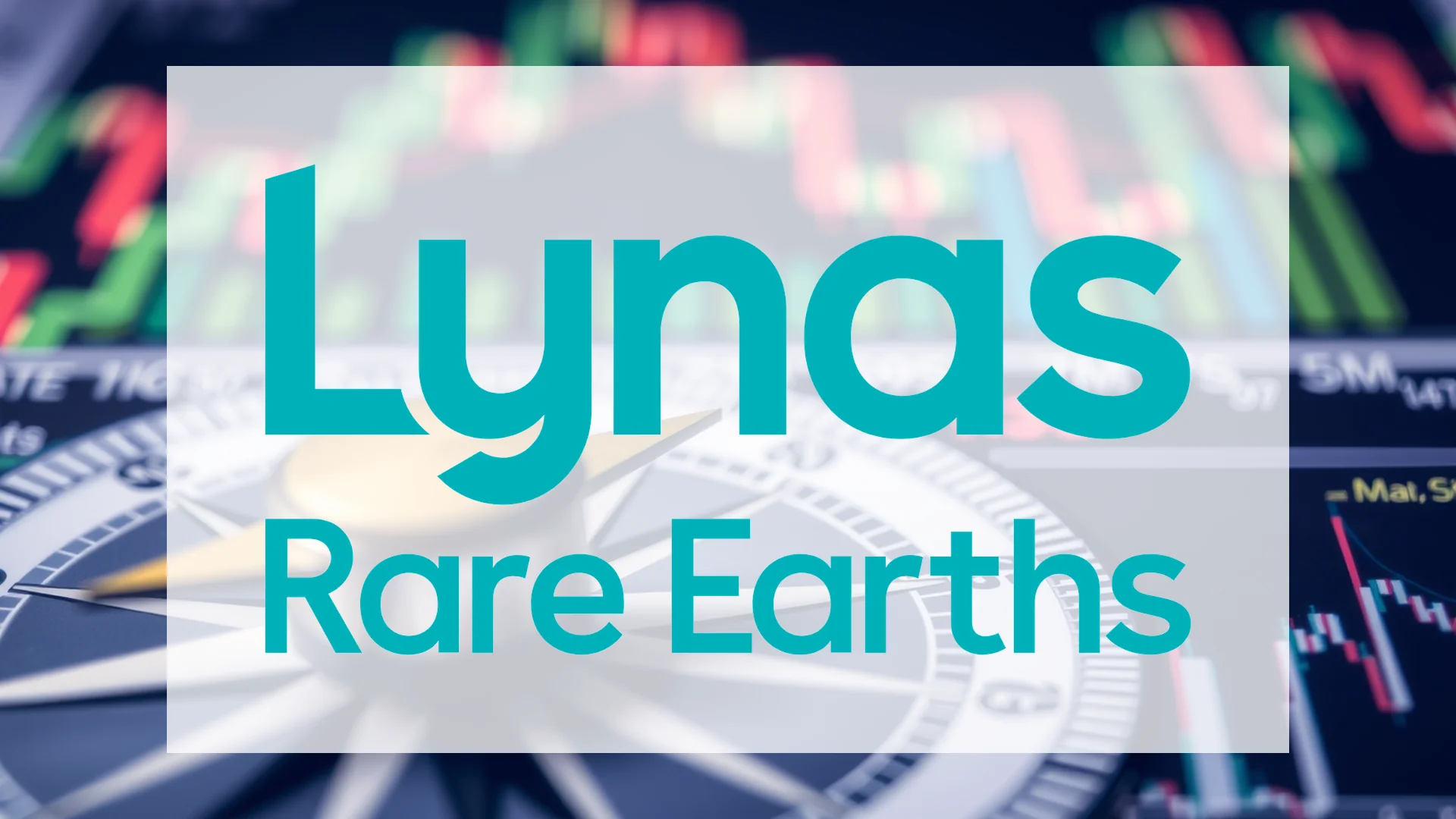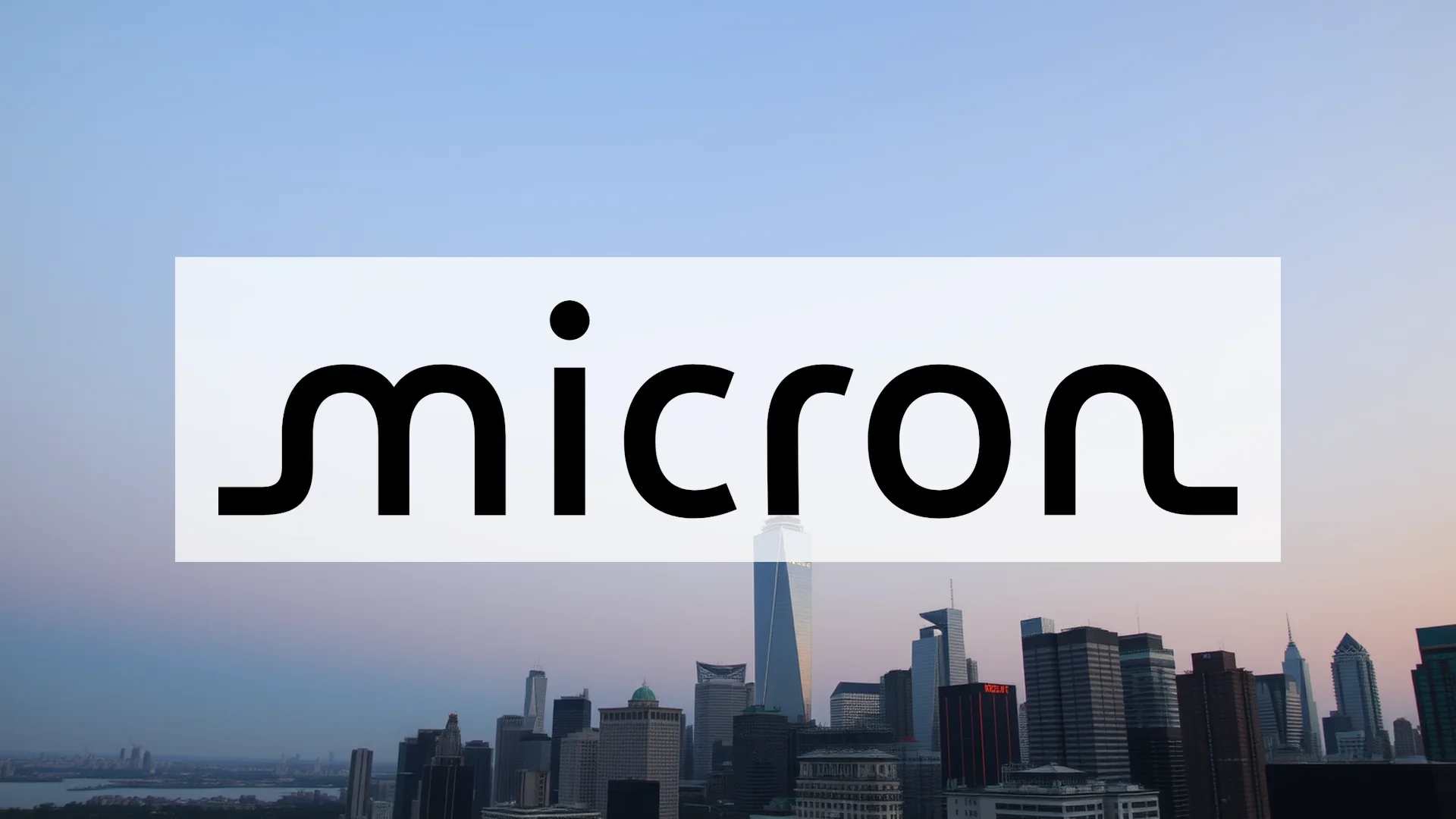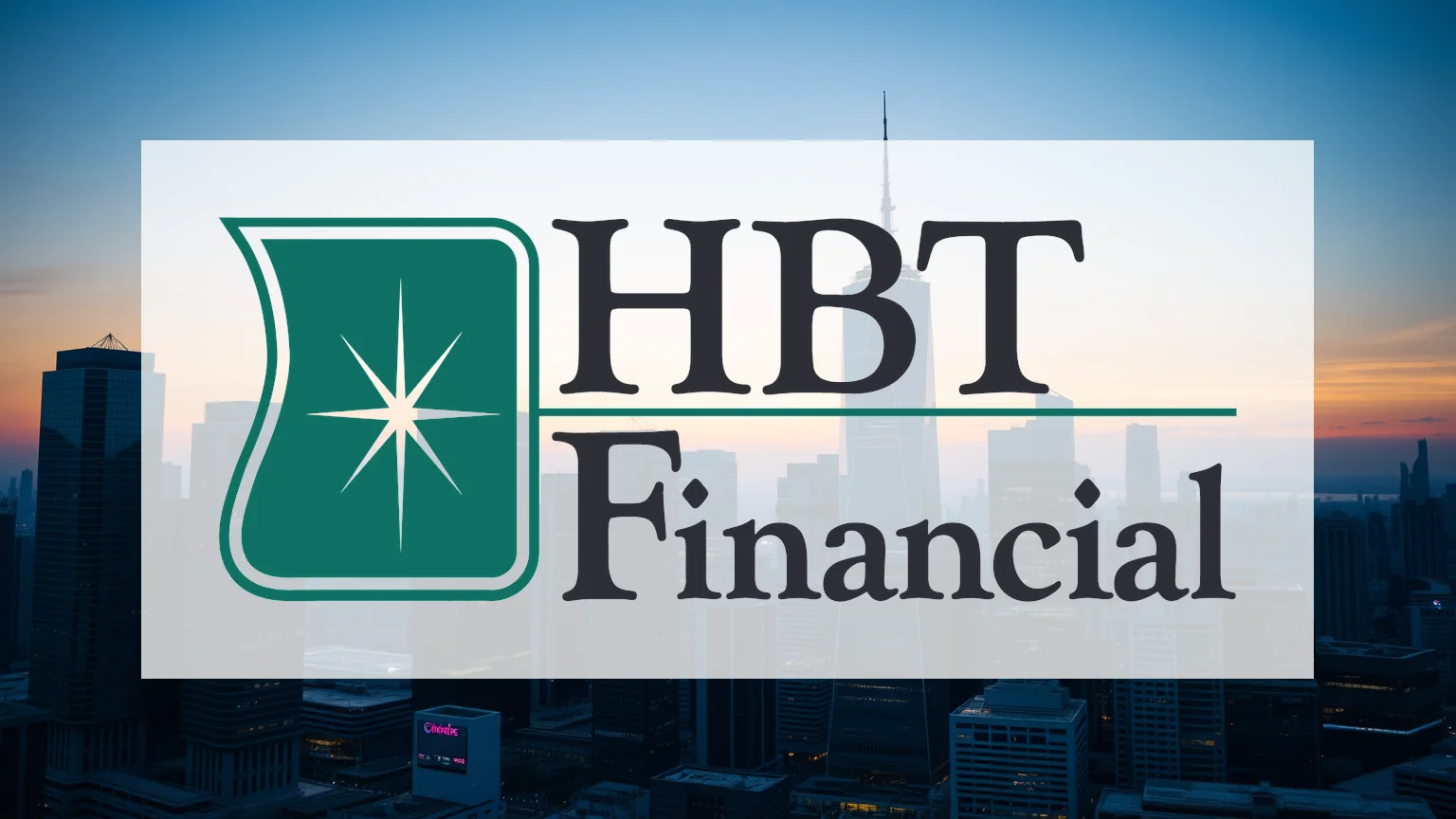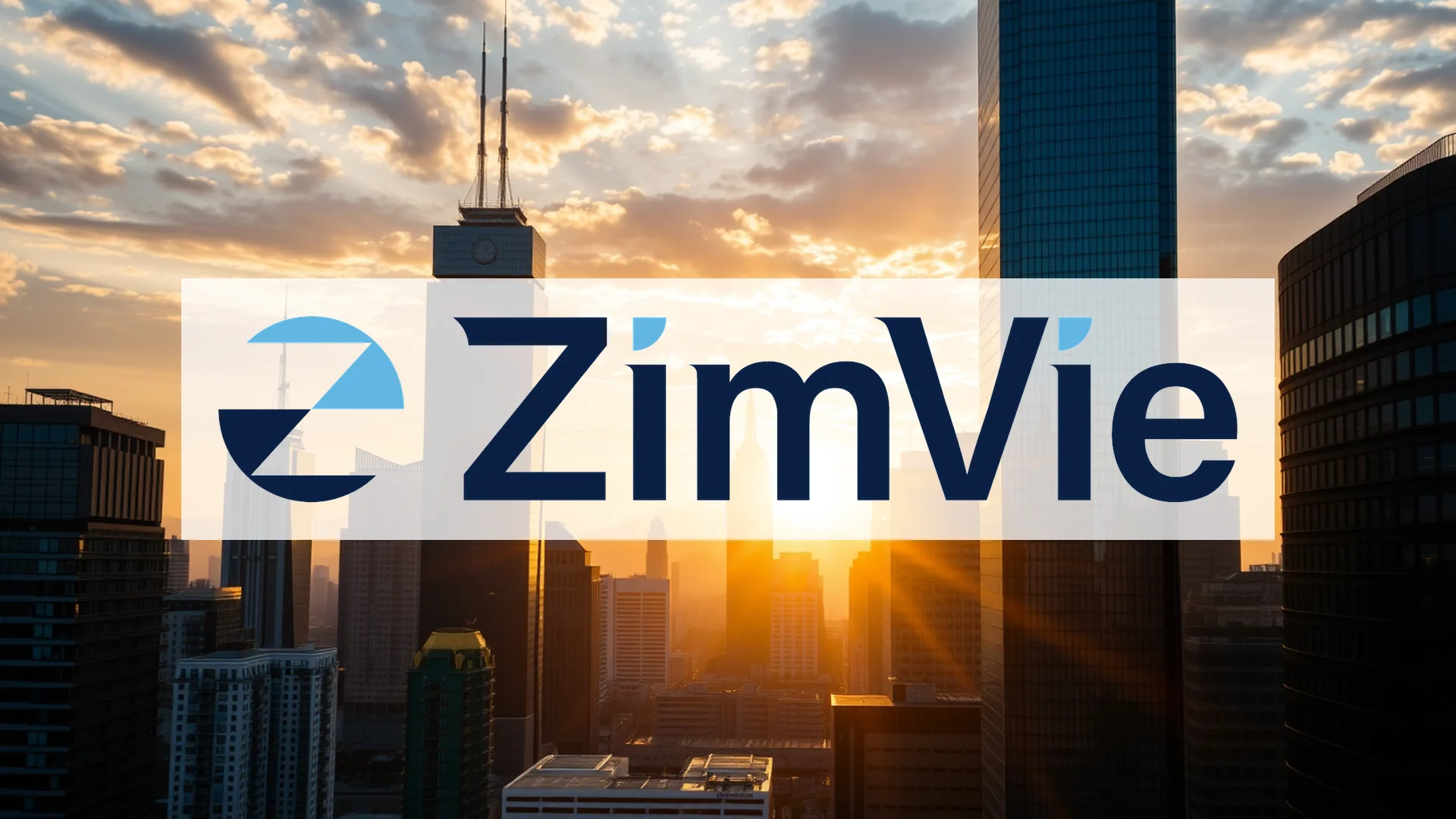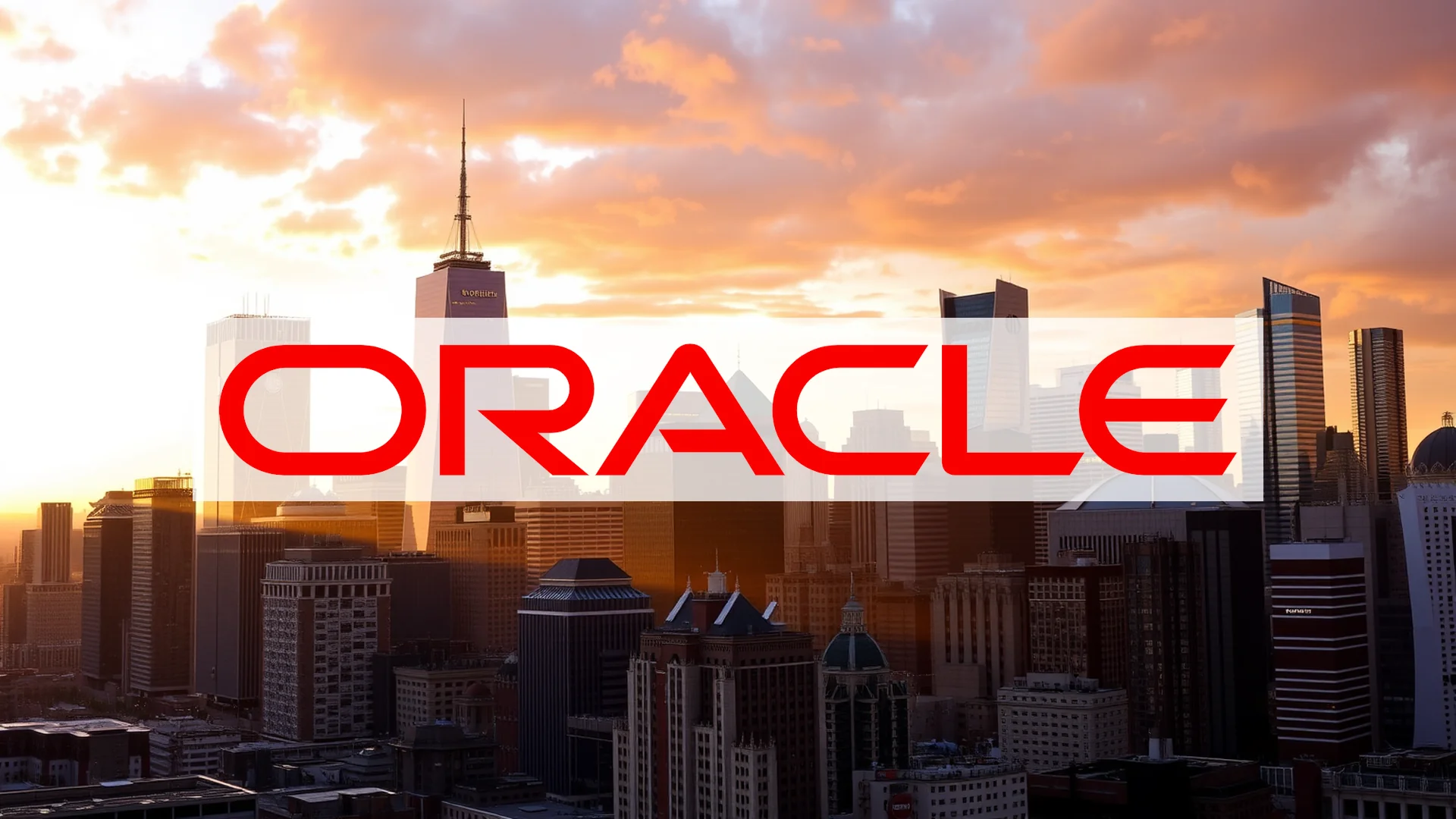Shares of food industry titan Hormel Foods are trading near their annual lows, having declined more than 30% since the start of the year, presenting a challenging landscape for the company. Despite this significant stock price erosion, the underlying business demonstrates surprising resilience in its core operations. The critical question for investors is whether the power of its established brands and its remarkable dividend legacy can ultimately reverse the current downward trajectory.
Financial Performance: A Story of Two Halves
Hormel’s third-quarter 2025 results revealed a complex picture. The company achieved a respectable 6% organic sales growth, supported by a 4% increase in volume. Its retail segment, home to iconic brands such as SPAM, Jennie-O Turkey, and Wholly Guacamole, proved particularly sturdy, posting a 5% revenue gain.
However, this top-line strength was counterbalanced by significant margin compression. Adjusted earnings per share fell to $0.35, pressured by soaring input costs. Pork belly expenses surged approximately 30%, while beef prices remained at record levels. This substantial cost inflation overshadowed an otherwise solid operational performance.
Valuation and Dividend Appeal Amid Uncertainty
From a valuation perspective, Hormel Foods appears compelling at first glance. Its price-to-earnings ratio sits below 18, aligning with the industry average. More notably, the stock offers a dividend yield of 4.7%, a attractive proposition for income-focused investors, especially considering the firm’s track record of raising its payout for nearly six consecutive decades.
Should investors sell immediately? Or is it worth buying Hormel Foods?
Market researchers see potential for appreciation, with the consensus price target standing at $30.80, notably higher than the current trading level. Sentiment remains divided, however, as elevated commodity expenses and a payout ratio exceeding 84% leave minimal room for operational missteps.
Strategic Pivot and Path Forward
The company’s ability to navigate this period hinges on the success of its “Transform & Modernize” initiative, which currently encompasses 90 distinct projects aimed at boosting efficiency. Hormel’s financial foundation was reinforced by its generation of over one billion dollars in free cash flow during 2024, demonstrating considerable financial stability.
The central challenge for management is whether it can extract meaningful benefits from its transformation program before persistent commodity cost pressures further impact quarterly earnings. For value-oriented investors, the current price point near annual lows may represent a potential entry opportunity, though successful execution will depend heavily on precise timing.
Ad
Hormel Foods Stock: Buy or Sell?! New Hormel Foods Analysis from November 20 delivers the answer:
The latest Hormel Foods figures speak for themselves: Urgent action needed for Hormel Foods investors. Is it worth buying or should you sell? Find out what to do now in the current free analysis from November 20.
Hormel Foods: Buy or sell? Read more here...

